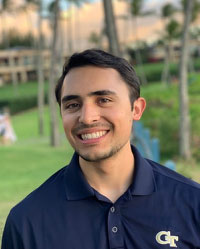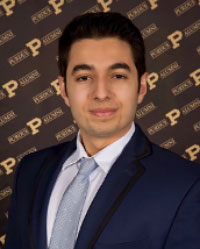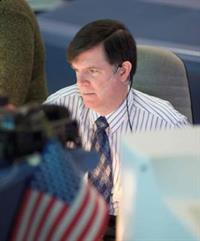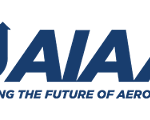FOR IMMEDIATE RELEASE
More Than 700 Students Gather for Annual Design/Build/Fly Competition
April 18, 2022 – – Reston, Va. – – The American Institute of Aeronautics and Astronautics (AIAA) is returning to Wichita with its annual Design/Build/Fly (DBF) contest, April 22-24. The weekend event is hosted by Textron Aviation. More than 700 talented engineering students from universities in 13 countries, including the University of Kansas, will gather to test the radio-controlled aircraft they designed and built to deliver and drop vaccine components. Credentialed members of the media are invited to witness the flyoffs and awards presentation.
WHEN:
Friday, April 22
9:30 a.m. – 6 p.m. Flight line open for university teams
Saturday, April 23
9:30 a.m. – 6 p.m. Flight line open for university teams
Sunday, April 24
8:30 a.m. – 5 p.m. Flight line open for university teams
5:30 p.m. Awards presentation
WHERE:
Textron Aviation Employees’ Flying Club
10335 E. Central Avenue
Wichita, KS, 67206
Visitors will be allowed at the competition site, but not elsewhere on campus without prior coordination and an employee accompanying them.
WHAT:
- Daily flights of radio-controlled aircraft by university teams
- Missions will include deployment of the aircraft, staging of vaccination syringes, and delivery of environmentally sensitive vaccine vial packages.
- The objective is to design, fabricate, and demonstrate the flight capabilities of an uncrewed, electric-powered, radio-controlled aircraft that can best meet the specified mission profile.
- The goal is a balanced design possessing good flight handling qualities and practical and affordable manufacturing requirements while providing a high vehicle performance.
HEALTH and SAFETY:
COVID protocols will apply for entering the facility and all indoor spaces, including wearing masks. AIAA will be implementing its major event health and safety protocols for DBF. Journalists must follow all instructions for uploading proof of COVID-19 vaccination or negative test results. Refer to https://aiaa.org/dbf/health-and-safety for more information.
CONTACT:
To attend in person, contact:
Amanda Jennings
AIAA Social Media Specialist
470-214-7464
[email protected]
Kate Flavin
Textron Aviation Communications Specialist
316-252-7780
[email protected]
SOCIAL MEDIA: Follow the competition on AIAA Twitter and Instagram. Use the hashtag: #AIAADBF
About AIAA
The American Institute of Aeronautics and Astronautics (AIAA) is the world’s largest aerospace technical society. With nearly 30,000 individual members from 91 countries, and 100 corporate members, AIAA brings together industry, academia, and government to advance engineering and science in aviation, space, and defense. For more information, visit aiaa.org, and follow AIAA on Twitter, Facebook, LinkedIn, and Instagram.
About DBF
The Design/Build/Fly (DBF) competition (aiaa.org/dbf) is celebrating its 26th year. Started in 1996 by the AIAA Applied Aerodynamics, Aircraft Design and Flight Test Technical Committees, DBF is an opportunity for university students to apply real-world aircraft design experience by giving them the opportunity to validate their analytic studies.
Student teams design, fabricate, and demonstrate the flight capabilities of an uncrewed, electric-powered, radio-controlled aircraft that can best meet the specified mission profile. The goal is a balanced design possessing good demonstrated flight handling qualities and practical and affordable manufacturing requirements while providing a high vehicle performance.
To encourage innovation and maintain a fresh design challenge for each new year’s participants, the design requirements and performance objective are updated for each new contest year. The changes provide new design requirements and opportunities, while allowing for application of technology developed by the teams from prior years.
2022 DBF Sponsors: Textron Aviation, Raytheon Technologies, AIAA Foundation, AeroVironment, General Atomics Aeronautical, MathWorks, Spirit Aerosystems.






